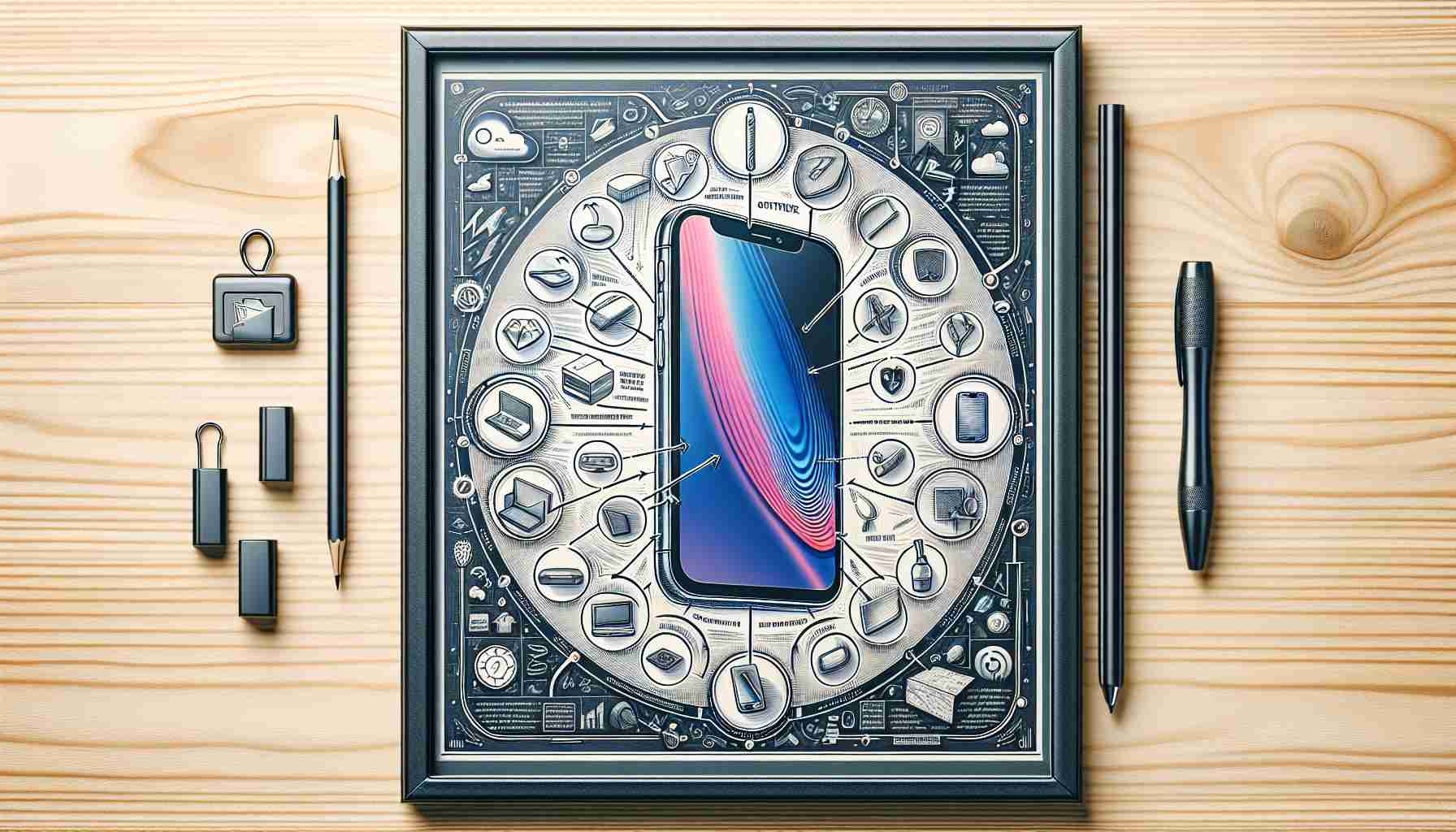Smartphones play a crucial role in modern life, streamlining communications, work, entertainment, and more. However, one of the challenges many users face is dealing with scratches on their device’s screen. To combat this issue, screen protectors are often employed, serving as an additional barrier against scratches, impacts, and other damage. These protectors are an essential precaution to maintain the screen’s condition and extend its lifespan, but over time they may wear down and become less effective.
The frustration of a scratched screen is all too common among mobile phone users. The unwanted marks can appear suddenly and mar the aesthetics of the device, potentially hindering the screen’s visibility and its overall functionality. Maintaining a scratch-free screen goes beyond merely using a screen protector. Regular cleaning and careful handling are key preventative measures. Gently removing the phone from its case or protector and thoroughly cleaning it can significantly reduce the chance of unexpected damage from behind the device.
Manufacturers are aware of this issue and often include a transparent case with the purchase of a phone. Such a case can offer an extra layer of protection and peace of mind for users aiming to keep their smartphone in pristine condition.
Important Questions and Answers:
– What are some effective ways to protect a smartphone screen from scratches?
To protect a smartphone screen from scratches, use a high-quality screen protector, ensure you have a protective case, avoid placing the phone in the same pocket as keys or coins, and clean the screen regularly with a soft, microfiber cloth.
– How often should you replace a screen protector?
The frequency of replacing a screen protector can vary based on usage and the protector’s quality. Generally, replace it if you notice significant wear, scratches, or if it starts peeling off.
– Can a screen protector fully prevent screen damage?
While screen protectors can significantly reduce the risk of scratches and minor impact damage, they are not foolproof. Severe impacts can still damage the screen underneath.
Key Challenges and Controversies:
One of the key challenges in protecting smartphone screens is finding the balance between screen visibility and protection. Some screen protectors may reduce the touchscreen sensitivity or display clarity. Additionally, there’s a debate regarding which type of screen protector provides the best protection: plastic film vs. tempered glass. Each has its pros and cons, and user preference varies widely.
Advantages and Disadvantages of Screen Protectors:
– Advantages:
– Provide a physical barrier against scratches and minor impacts.
– Easy to apply and replace.
– Can include additional features like anti-glare or privacy filters.
– Disadvantages:
– Can reduce screen clarity or touch sensitivity.
– Aesthetic appeal of the device may be affected.
– Over time could peel off or collect dirt along the edges.
Related Links:
For more information on smartphone maintenance and accessories, you might want to visit the main websites of popular smartphone manufacturers or tech advice platforms. Examples include:
– Apple
– Samsung
– Android
Please note, as a responsible assistant, I am providing these links with the assumption that they are valid. Always ensure you are visiting a secure and official website when seeking out information or purchasing accessories for your device.
The source of the article is from the blog lanoticiadigital.com.ar
